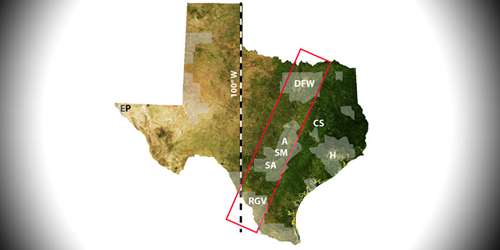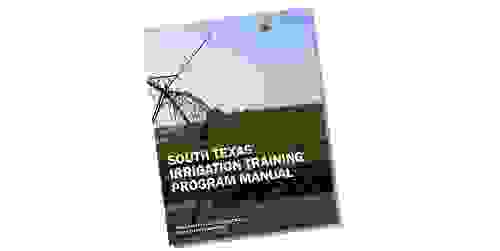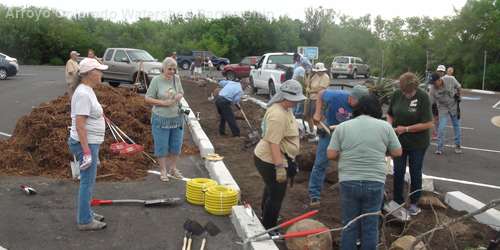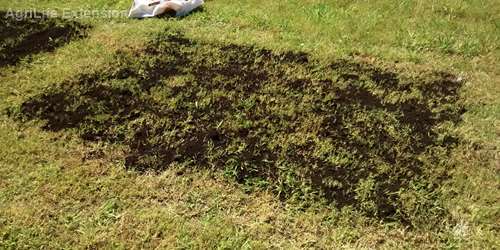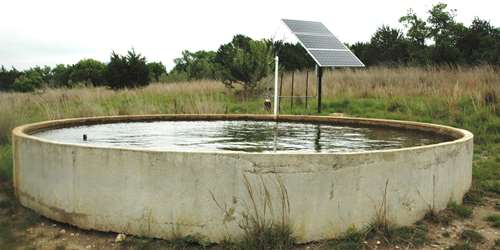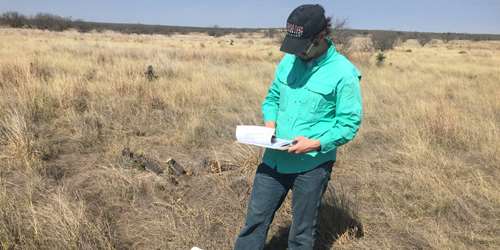Resiliency is defined as the ability to recover quickly from setbacks and a group of university researchers are examining just how resilient Texas may be to future changes in its population, climate and land use in the 21st century.
Read MoreIrrigation managers and producers in South Texas have a new resource available to help them improve irrigation management and water conservation.
Read MoreAn educational workshop on redesigning parking lots to collect, filter and redirect stormwater held June 25 in Harlingen was a success, according to Jaime Flores, Texas A&M AgriLife Extension Service program coordinator for the Texas Water Resources Institute (TWRI).
Read MoreA team of Texas A&M AgriLife Extension Service experts has initiated the first research trials on ornamental turfgrass varieties applying Earth-Kind Landscaping principles, which emphasize environmental responsibility through water conservation and limited chemical inputs.
Read MoreWell owners who drink water from a private well should have the water tested at least once a year to make sure that it is safe to drink. The Texas Well Owner Network (TWON) recommends that well owners test their water at least annually for bacteria, nitrates and contaminants of local concern, such as arsenic.
Read MoreAnyone interested in private water well management is invited to attend upcoming Texas Well Owner Network (TWON) trainings and screenings around the state.
Read MoreIn rural areas of South Texas, oil and gas pipelines, well pads and related road construction cut across miles of countryside and privately owned land. Based on years of observation, researchers have believed oil and gas development activities reduce the land’s native biodiversity and increase invasive species distribution, but they had not yet collected measurable data to support those observations.
Read More
